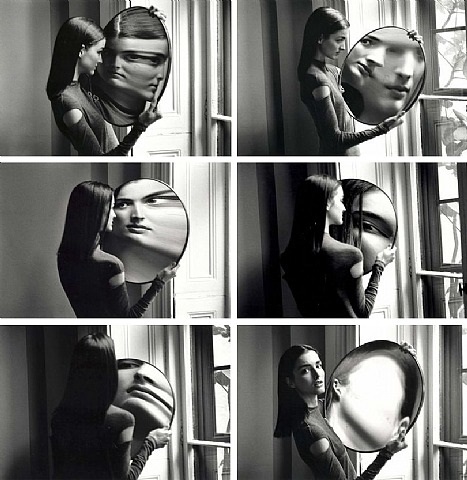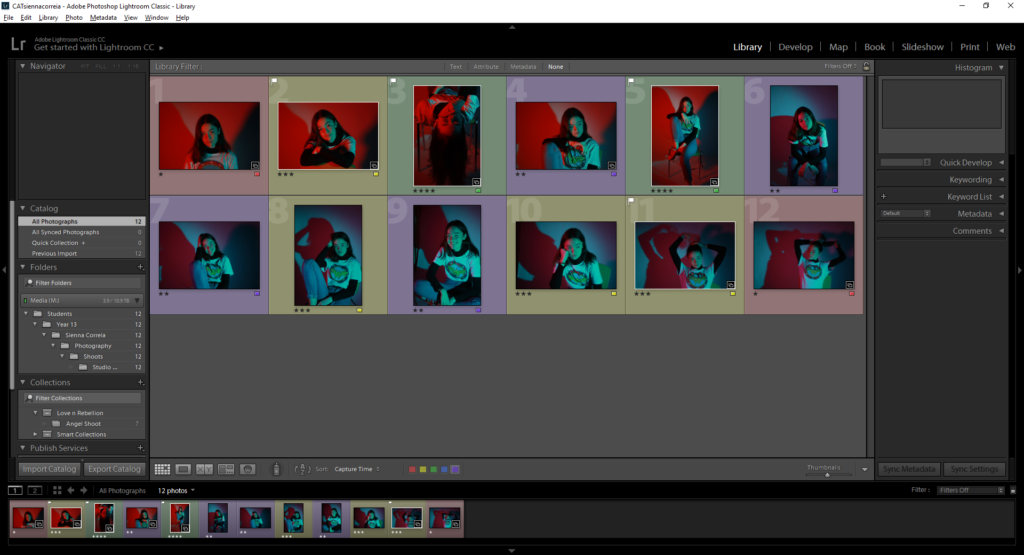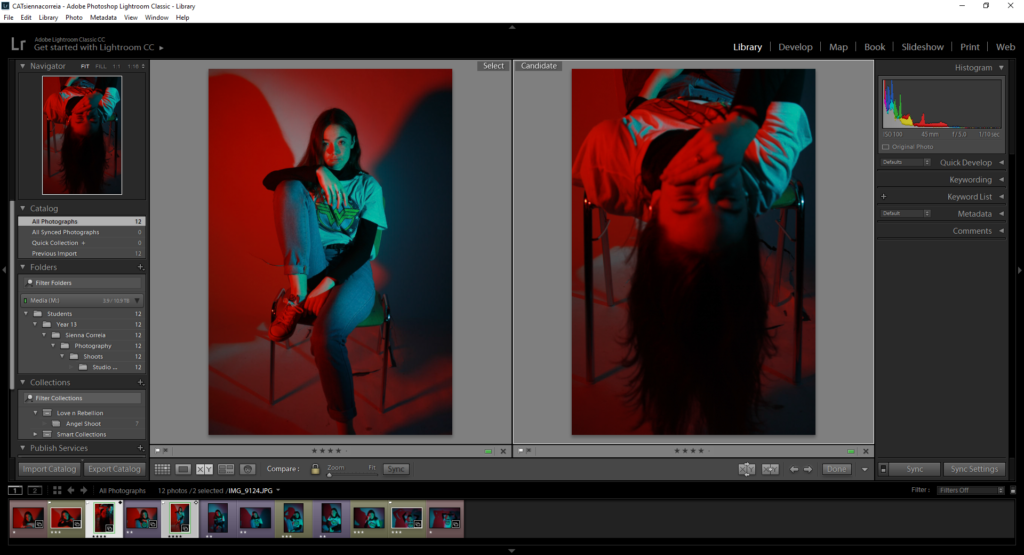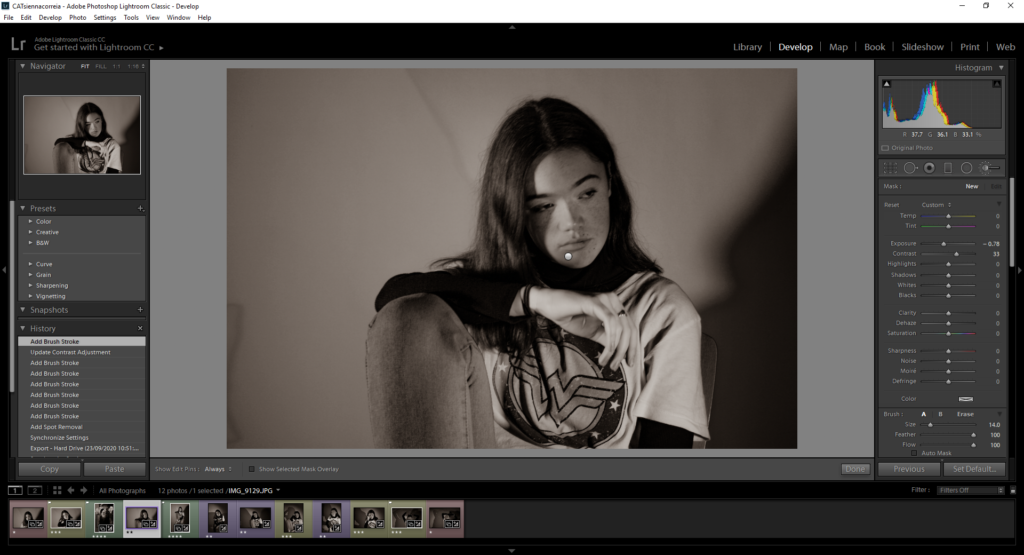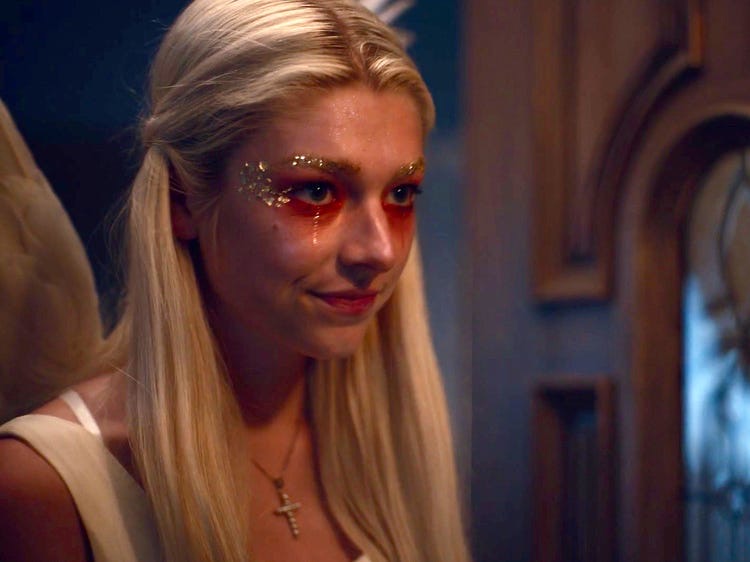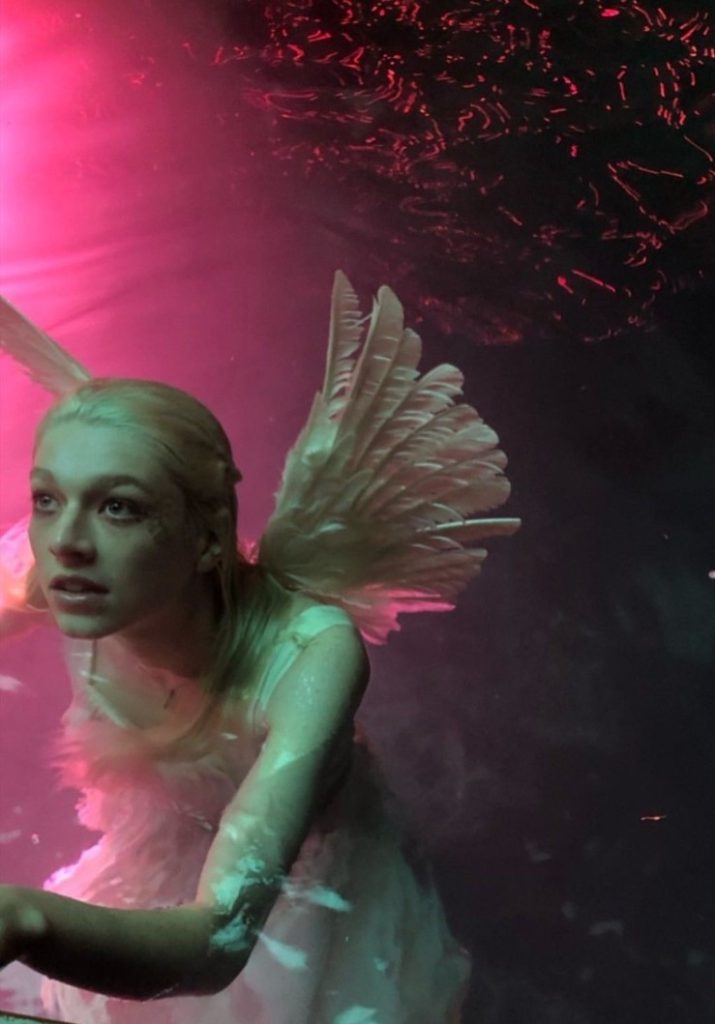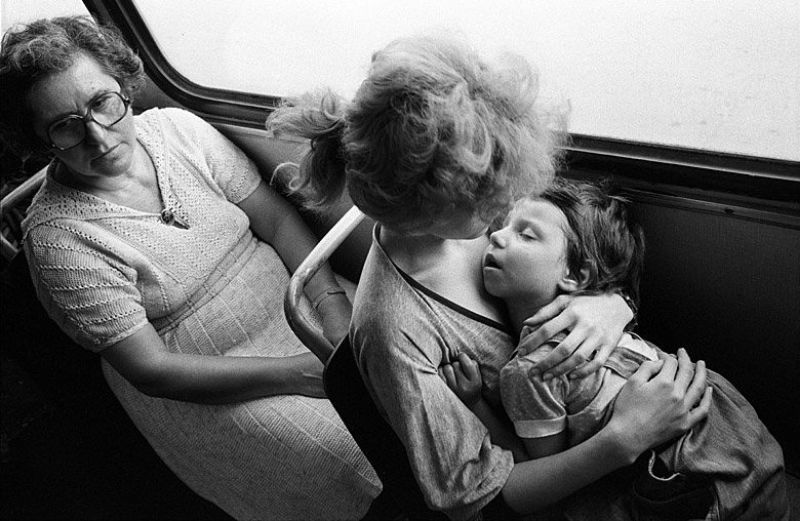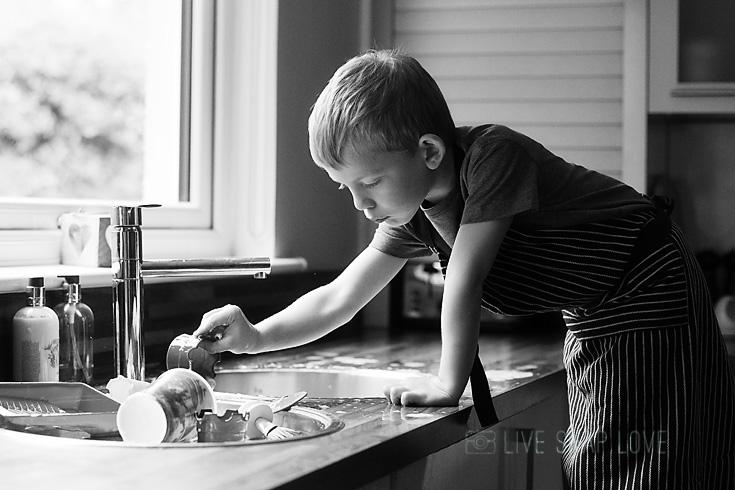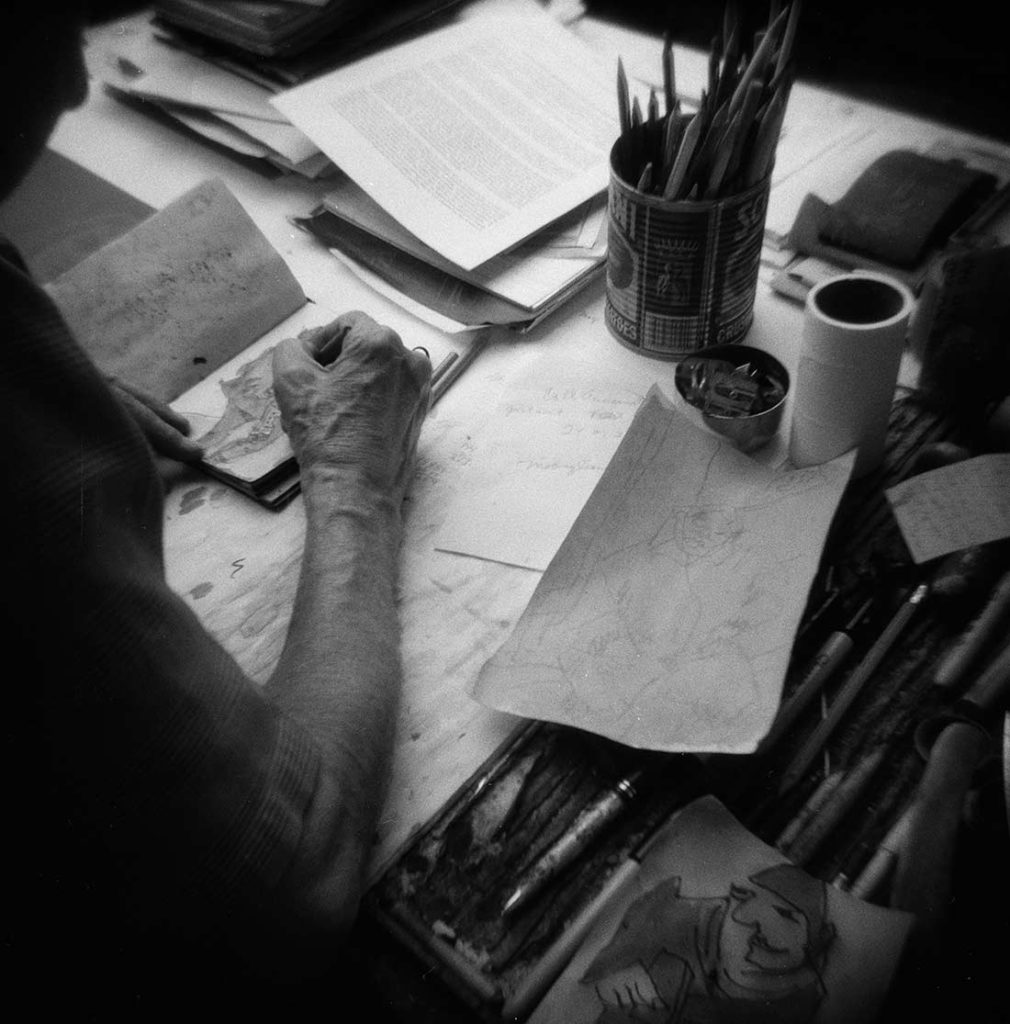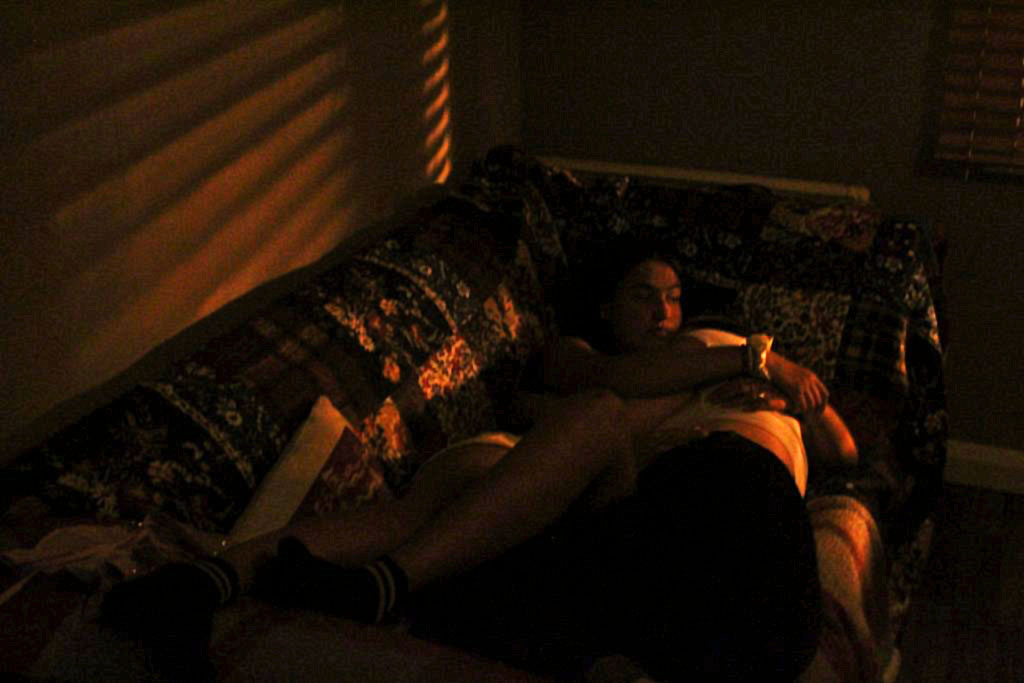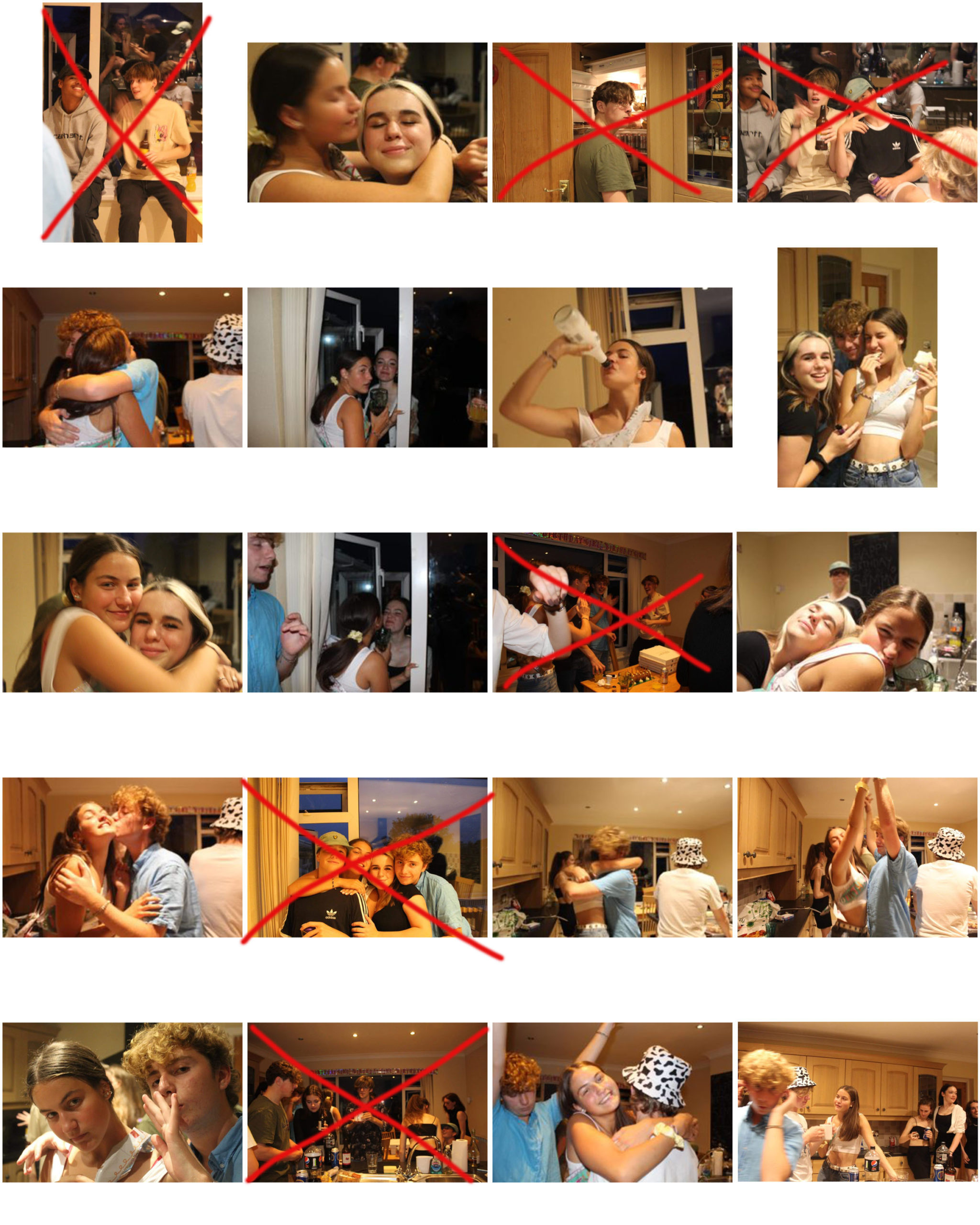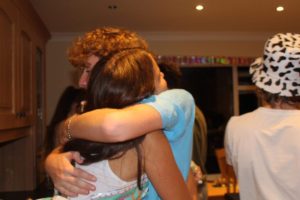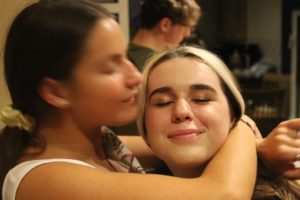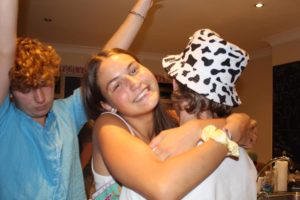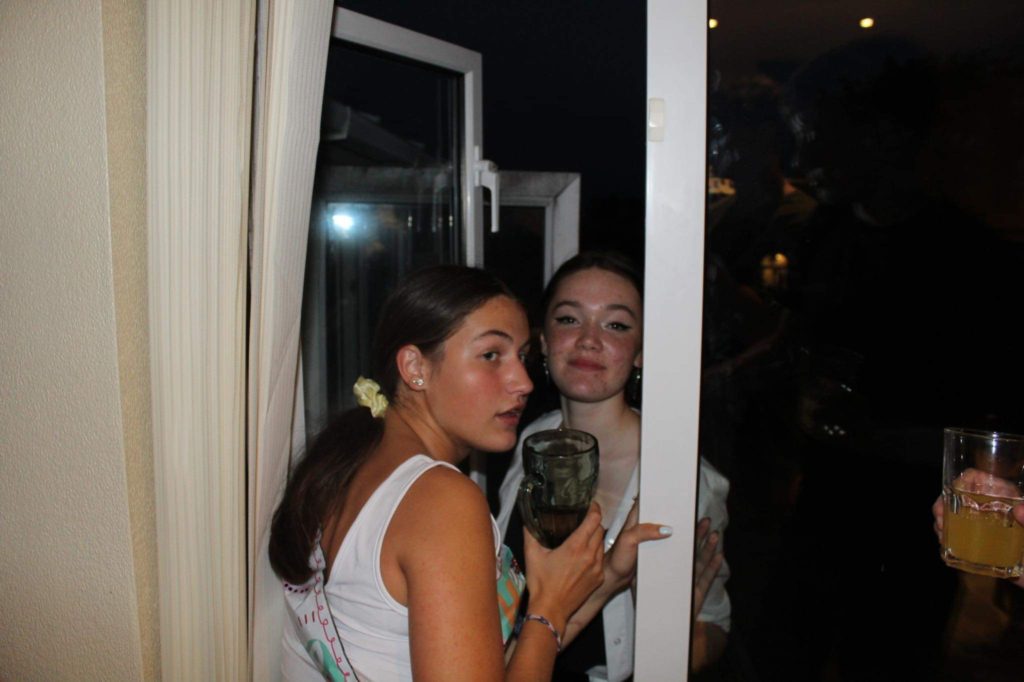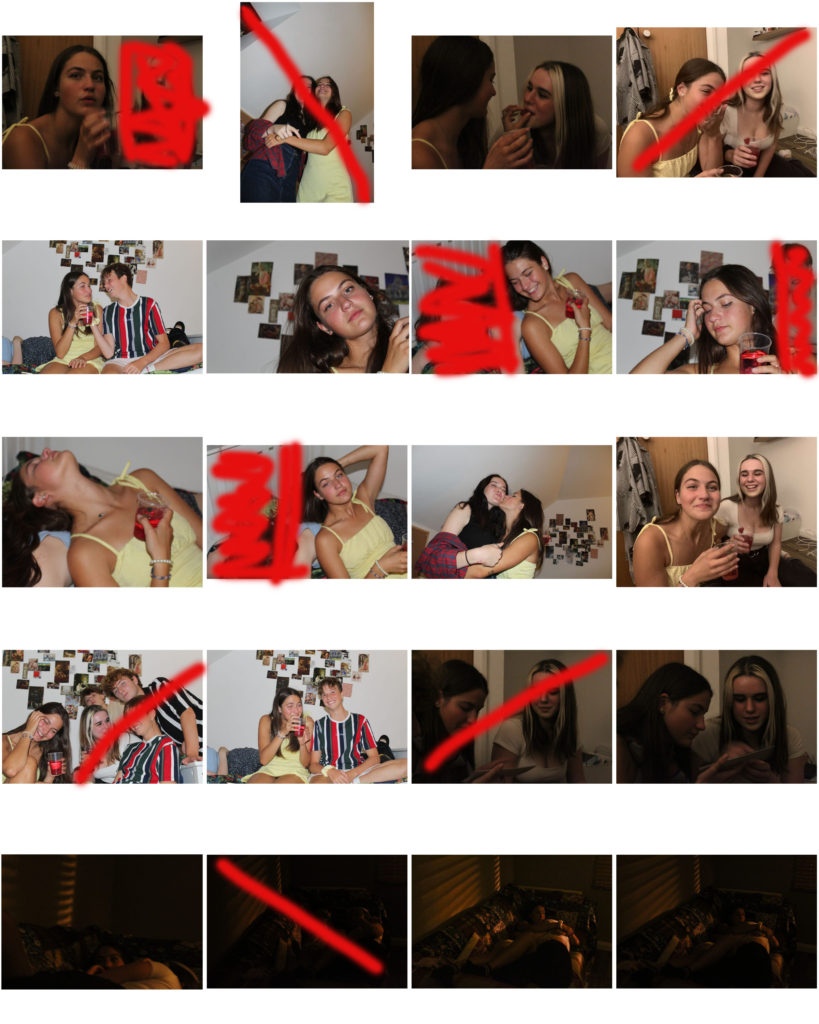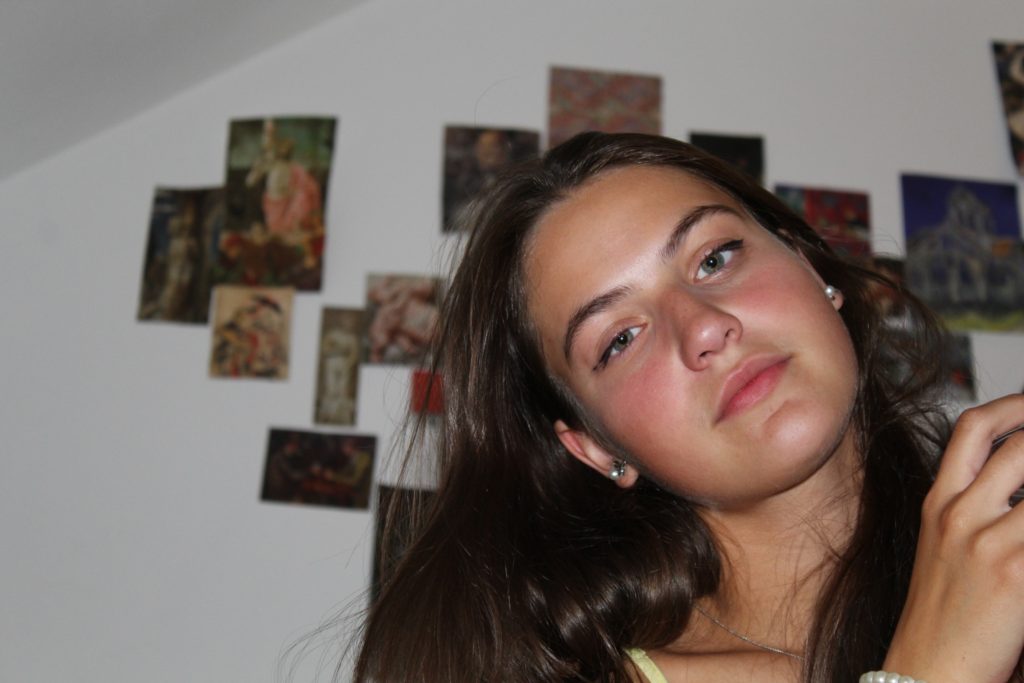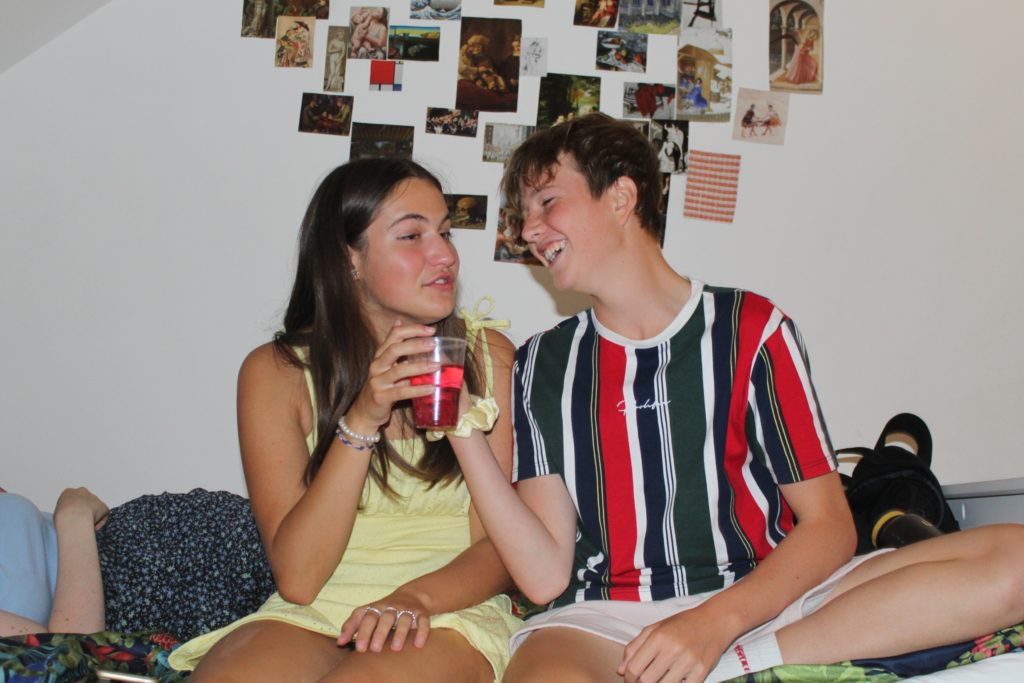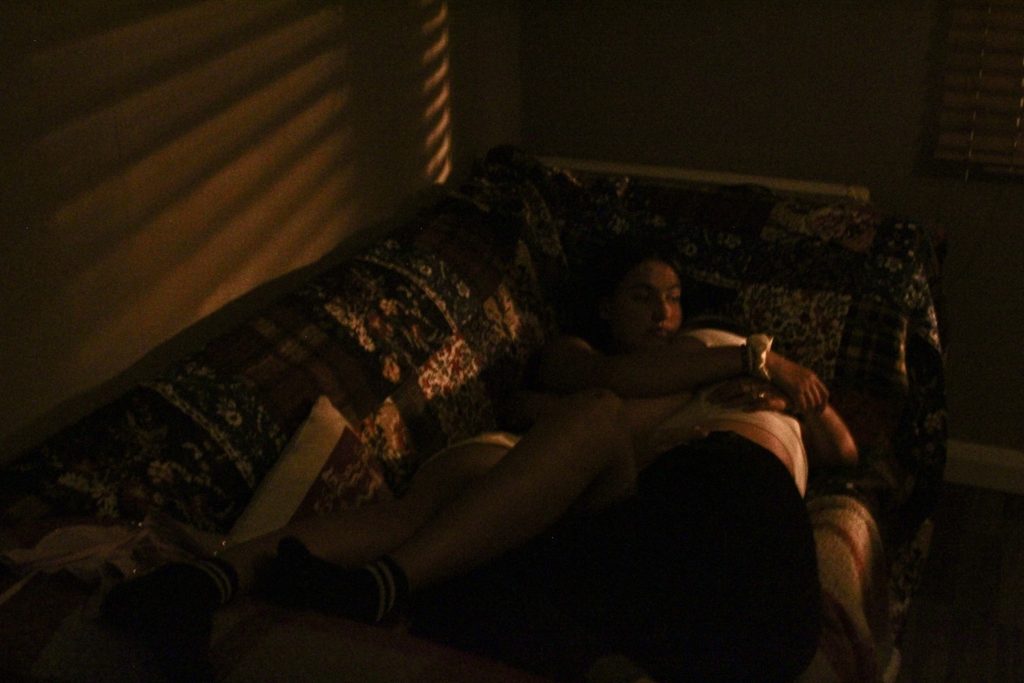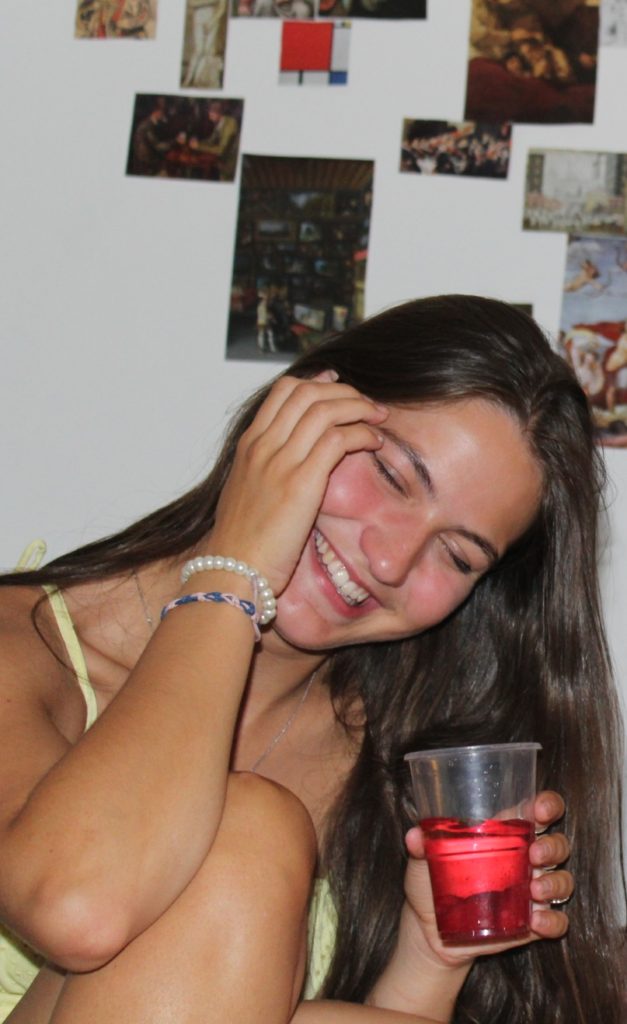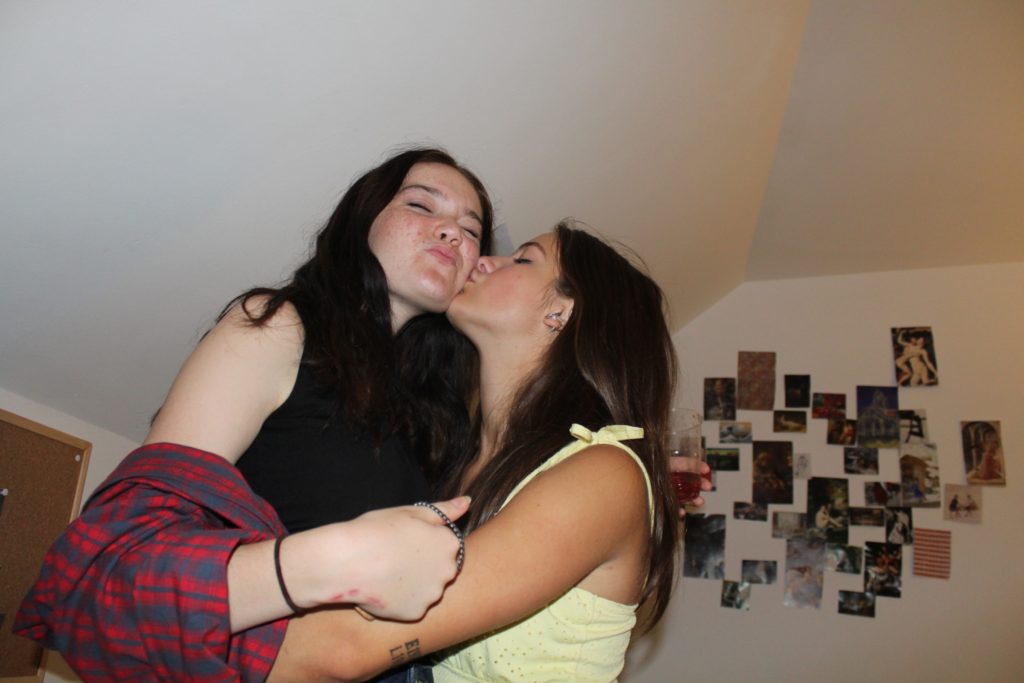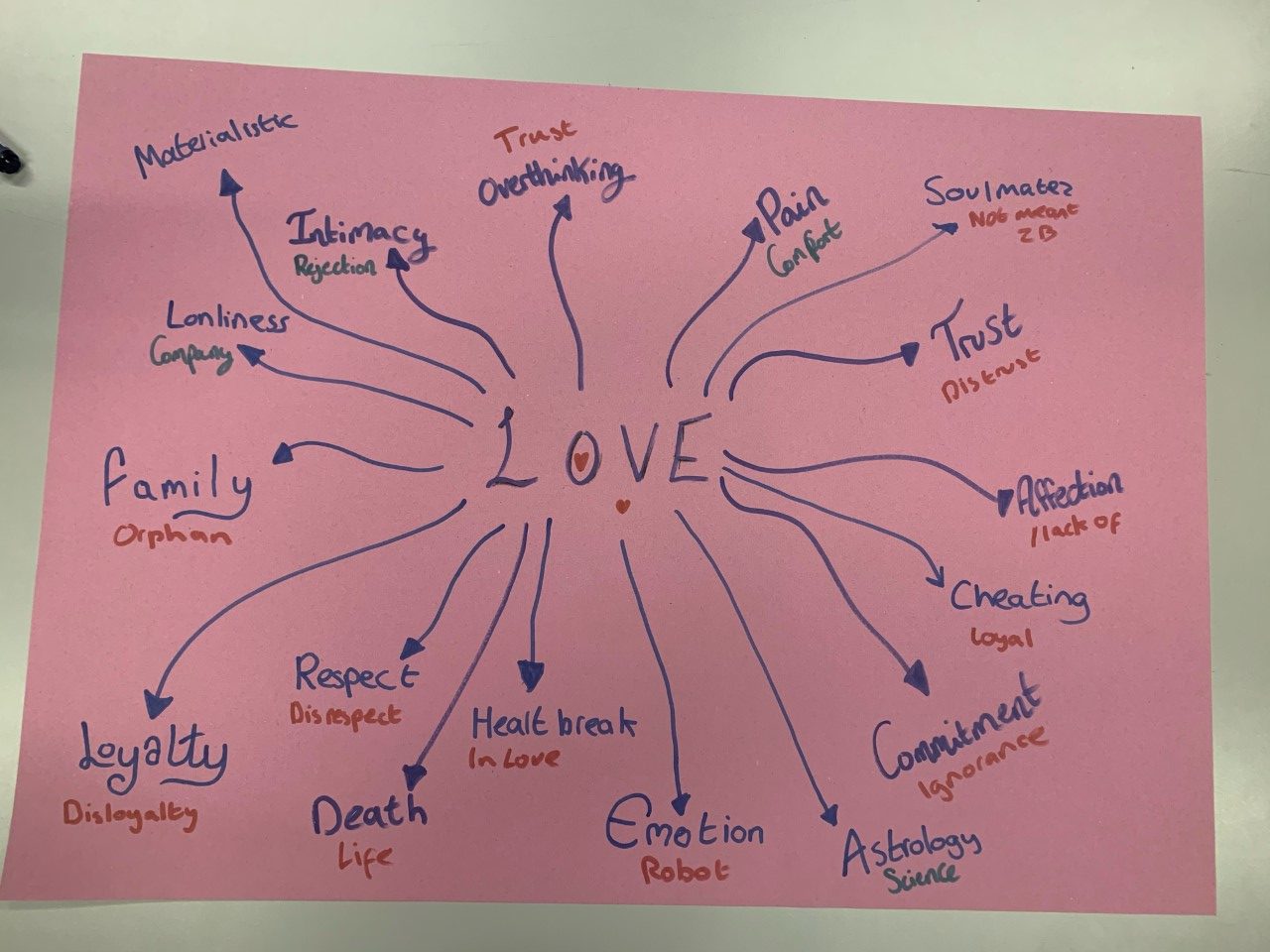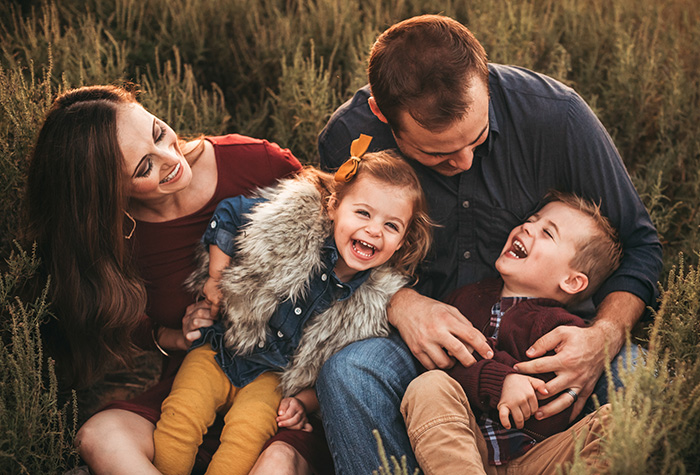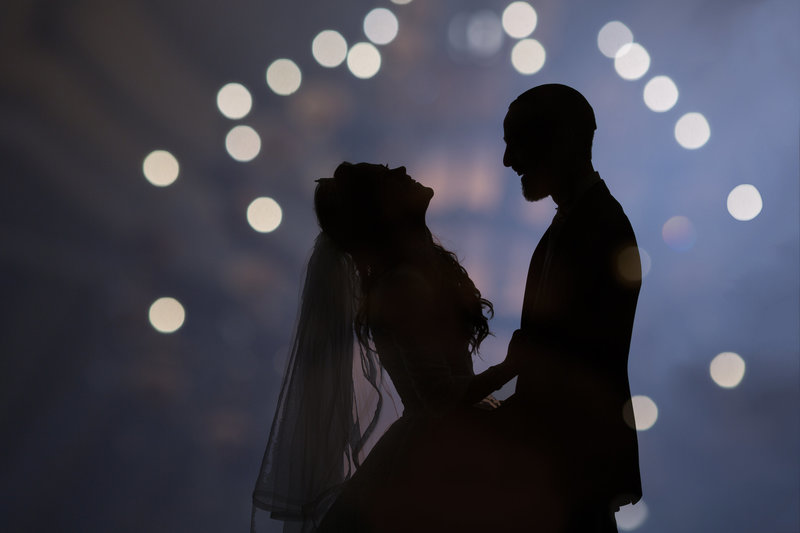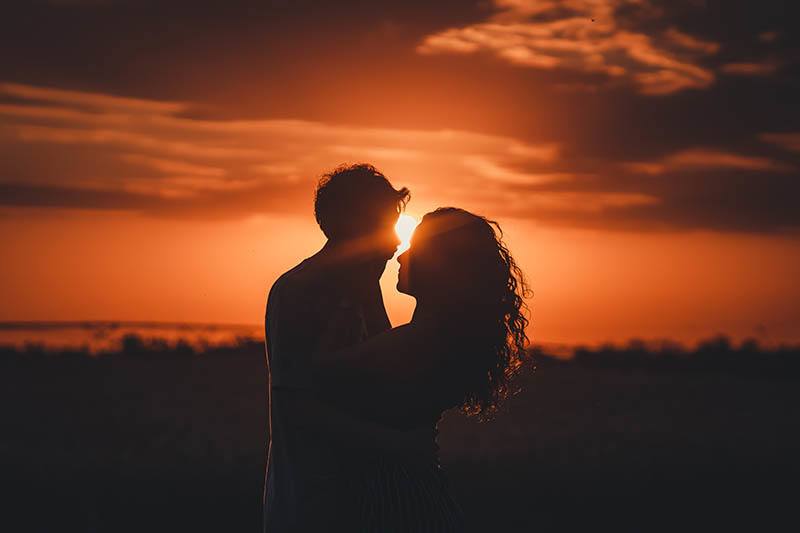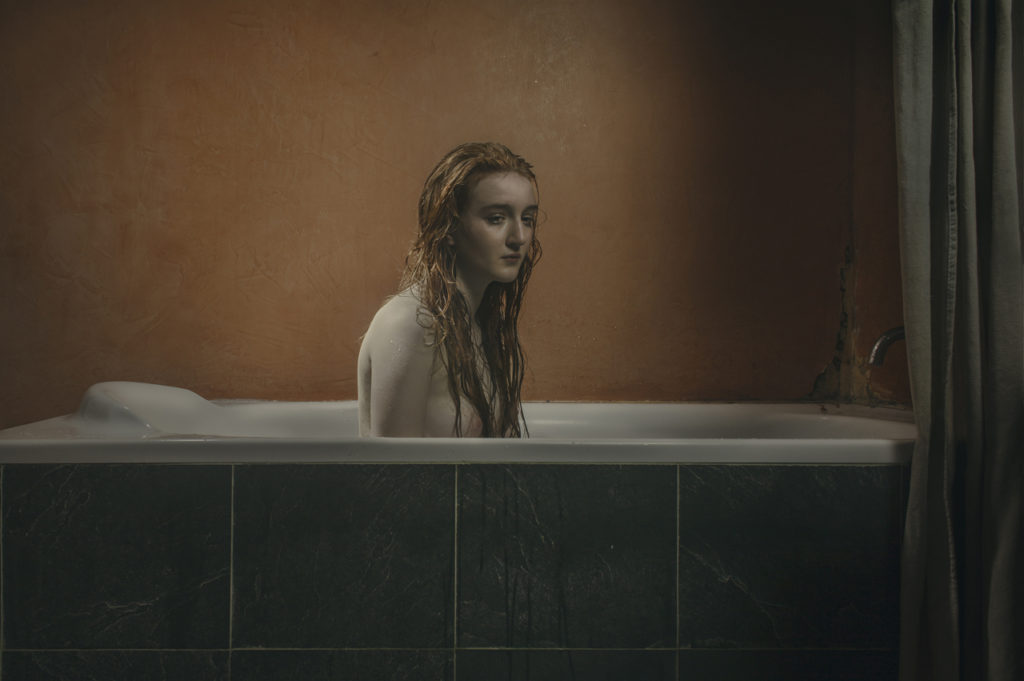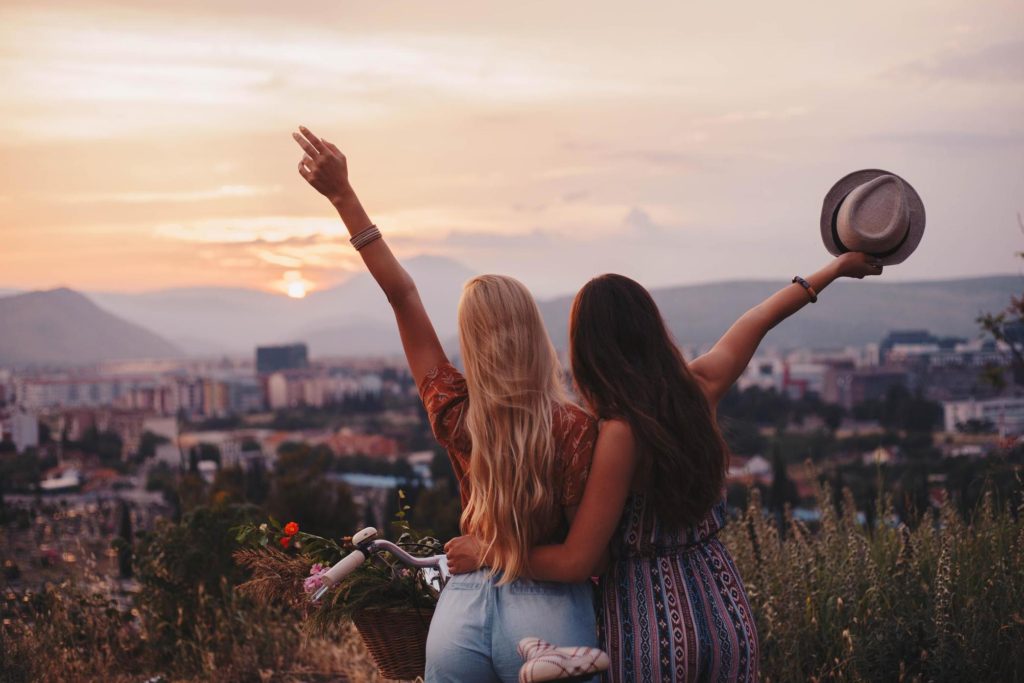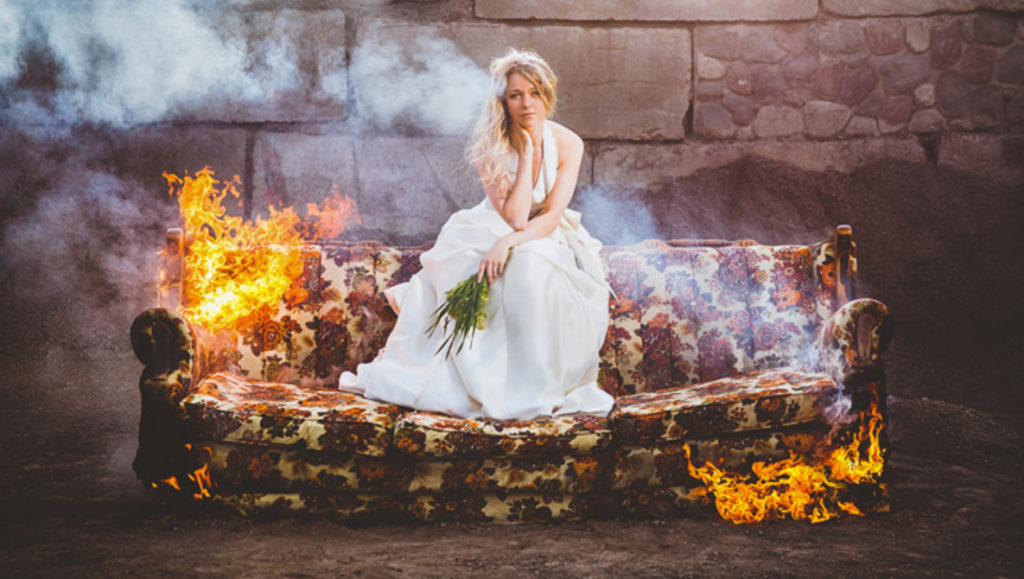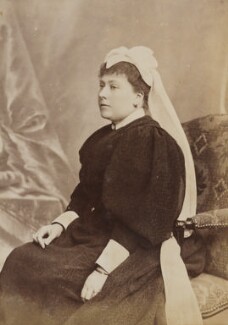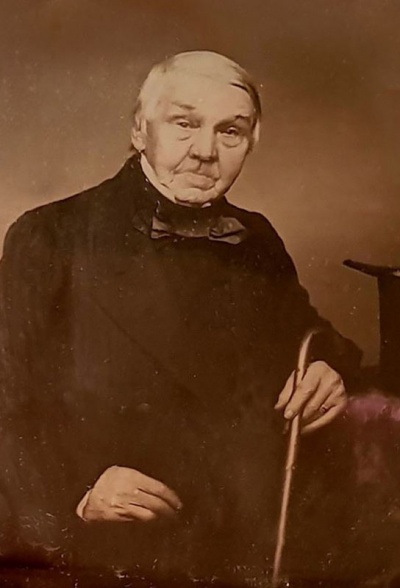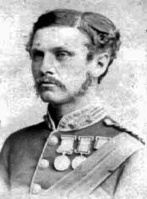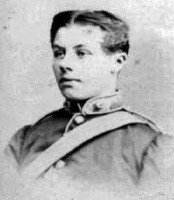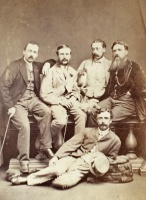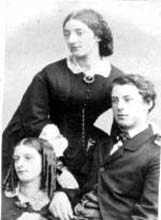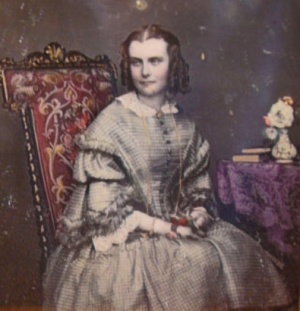WHAT ARE PHOTO ZINES ?
A zine is defined as a product of an individual person or small group of people with the main purpose of exposure or raising awareness of an issue, or simply spreading your own work in a more put-together and professional way. The content of a zine isn’t limited to photography, and the concept of a zine is also used in illustration and design. (also historically forming the basis for comic books)
“A photography zine, for example, is a tool that photographers can use to tell a visual story, to inform an audience about a specific topic or issue, to showcase and advertise a new idea or simply create a preview of an ongoing project.”
There aren’t any set rules for making a photo zine, any theme or topic can become a zine as a form of creativity and self-expression. As a result, they can be very personal to the photographer or tackle sensitive subjects in the zine, often bordering on topics to do with family, personal trauma, mental health or childhood.
ARTIST REFERENCE: DUANE MICHALS
My zine is based off two shoots, one angel scene, and one mirror scene, both with different but singular characters. My black and white mirror scene is inspired by the work of Duane Michals, an american sequence photographer.
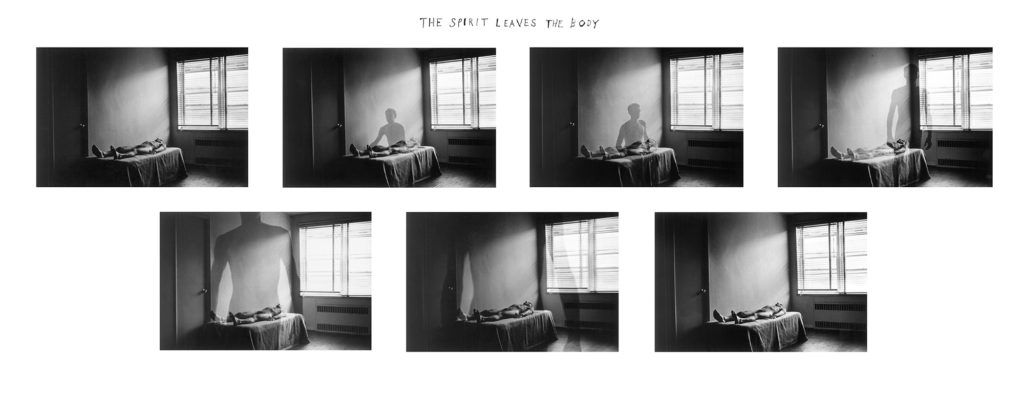

Duane Michals, widely known for his work with series, multiple exposures, and text, first made creative strides in photography during the 1960s. Michals famous sequnces are an appropriate cinema’s frame-by-frame format, creating a narrative that plays out through one consequent scene.
He has been awarded with many prestigious awards such as a CAPS Grant (1975), the International Center of Photography Infinity Award for Art (1989), and an Honorary Doctorate of Fine Arts from Montserrat College of Art, Beverly, Mass. (2005).
I’ve decided to base my zine shoot of this sequence of Michals, which is one scene of a woman looking into a mirror but her reflection is contorted and stretched, creating an unrealistic image. It fits my narrative with the angel, representing a somewhat nightmarish scene which would call for the ‘guardian angel’ to appear. Perhaps it is all a dream or maybe just a visual representation of inner turmoil in the character.
